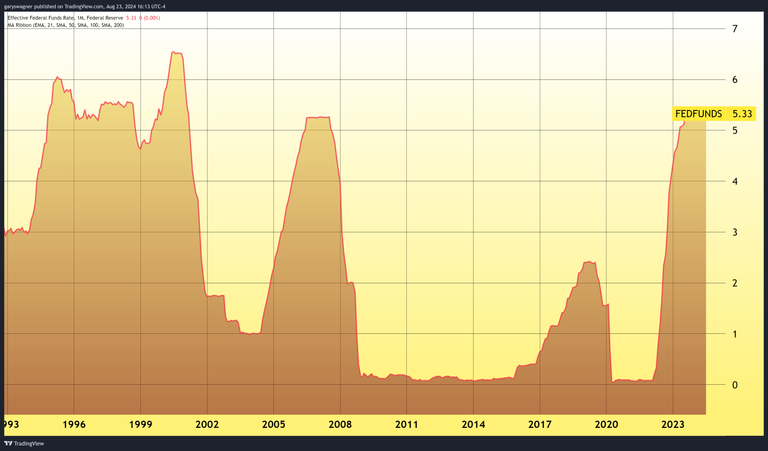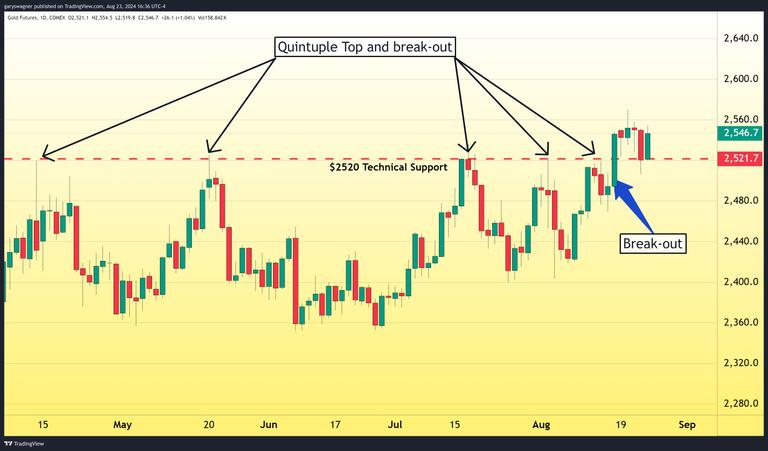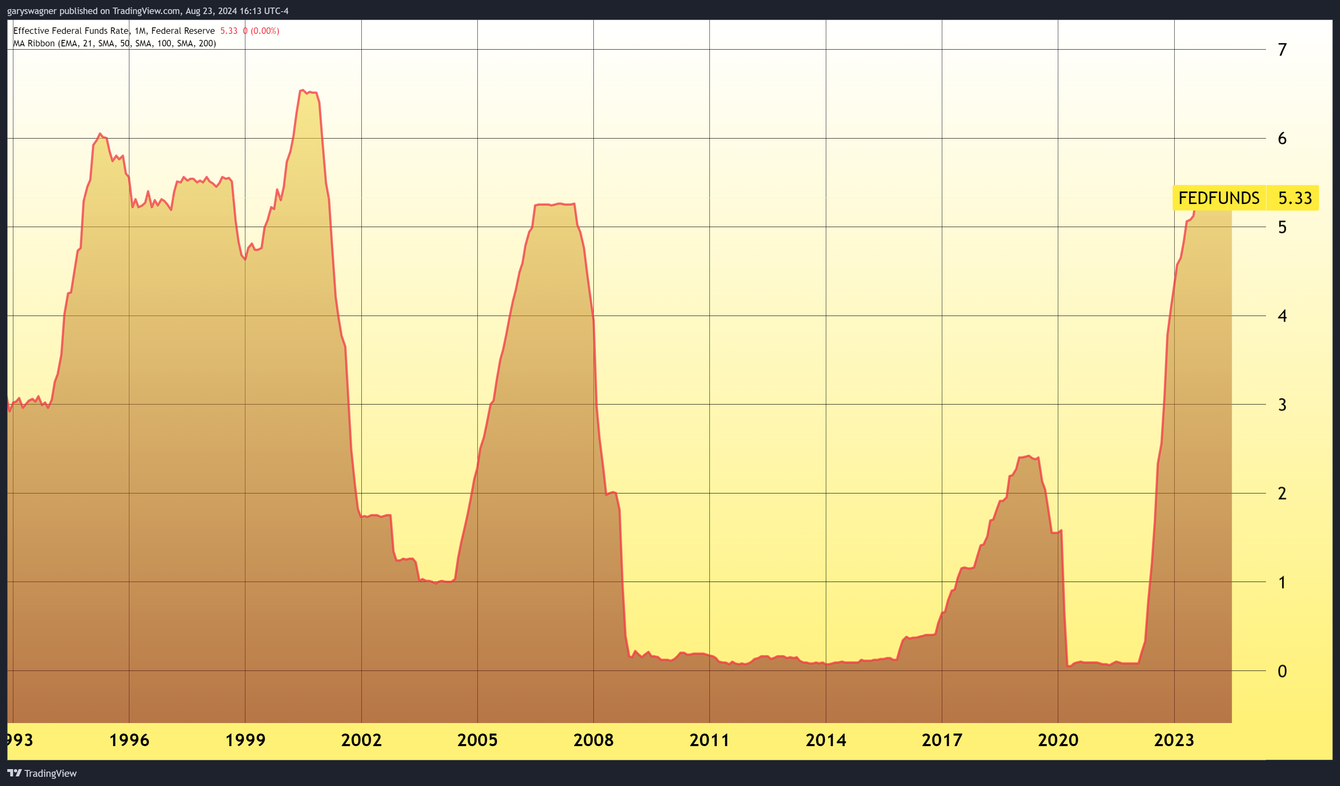Federal Reserve Chairman Jerome Powell's highly anticipated speech at the Economic Symposium in Jackson Hole, Wyoming, marked a turning point in U.S. monetary policy. In a decisive address, Powell declared that the Federal Reserve is prepared to embark on a new phase of interest rate normalization, signaling the end of an era characterized by aggressive rate hikes aimed at combating inflation.
Powell's statement that "the time has come for policy to adjust" resonated throughout financial markets, indicating the Fed's readiness to begin cutting interest rates. This shift comes after a period of restrictive monetary policy that saw the benchmark interest rate rise from near zero in May 2020 to between 5.25% and 5.50% in July 2023, following 11 consecutive rate hikes since March 2022.

While Powell refrained from specifying an exact timeline or the magnitude of potential rate cuts, he made it clear that Federal Reserve officials are laying the groundwork for a more accommodative monetary policy.
This announcement represents more than just a single rate cut; it heralds a significant shift in the Fed's approach to managing the economy. The June Summary of Economic Projections (SEP) outlined scenarios that could see the benchmark interest rate reduced to between 3% and 3.5% by 2025 or 2026, suggesting a gradual but substantial easing of monetary policy over the coming years.
Powell's remarks also highlighted the Fed's evolving priorities. With inflation projected to reach the 2% target sometime next year, the focus is now shifting towards the employment side of the Fed's dual mandate. Powell noted that the labor market "has cooled considerably," indicating that the balance of risks has tilted from rising inflation to potential weakness in employment.
The financial markets responded positively to Powell's speech, with all three major U.S. stock indexes surging. The S&P 500 gained 1.13%, the NASDAQ Composite rose 1.47%, and the Dow Jones Industrial Average increased by 1.114%. The gold market also reacted favorably, with futures for December delivery climbing $26.30 to $2,547, effectively negating the previous day's decline.

This pivot in monetary policy comes at a crucial time for the U.S. economy. After years of battling high inflation, the Fed's aggressive rate hikes have successfully brought price pressures under control. However, the potential for these high rates to negatively impact economic growth and employment has become a growing concern.
By signaling a readiness to cut rates, the Federal Reserve is attempting to engineer a "soft landing" - reducing inflation without triggering a recession. This delicate balancing act will be closely watched by economists, investors, and policymakers around the world.
As the Fed prepares for its next monetary policy meeting on September 17-18, market participants are now anticipating the first rate cut, with Powell's remarks suggesting that action is imminent. This new chapter in U.S. monetary policy could have far-reaching implications for global financial markets, economic growth, and the long-term trajectory of the American economy.
For those who wish to learn more about our service, please go to the links below:
Information, Track Record, Trading system, Testimonials, Free trial
Wishing you as always good trading,

